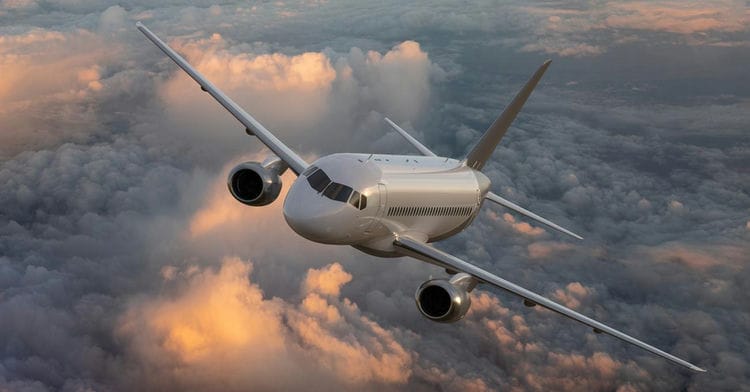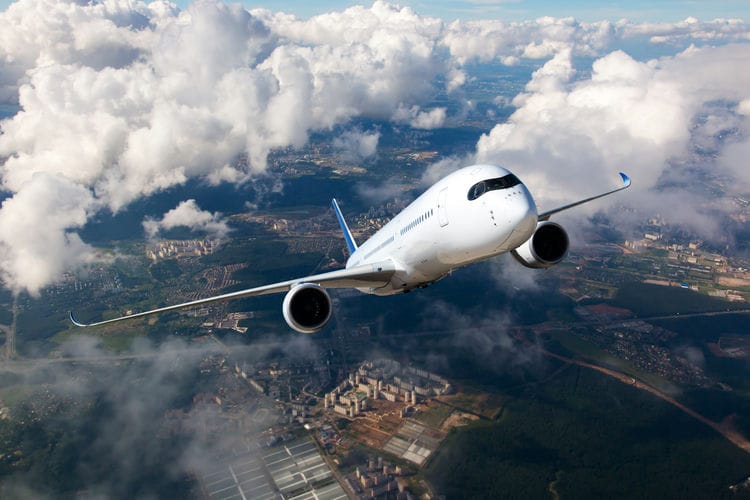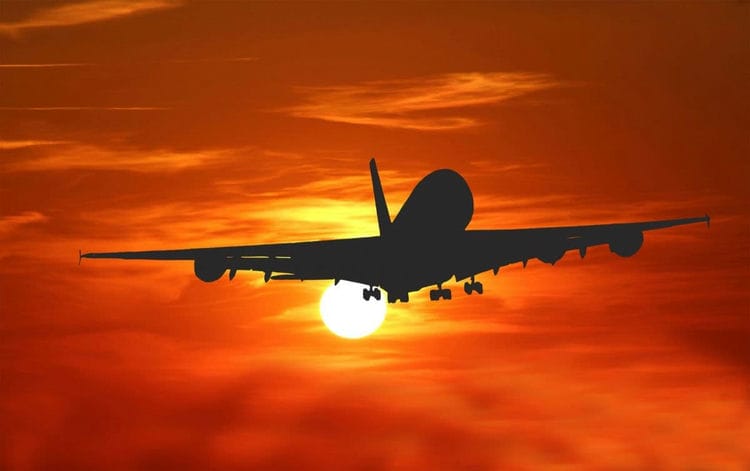FASHION & LIFESTYLE NEWS
Do Airplanes Fly in the Stratosphere? Understanding Aviation’s High-Flying Altitudes
When people think about airplanes, they often envision large passenger jets cruising high above the clouds. But “Do airplanes fly in the stratosphere?” The answer is that most commercial airplanes, while soaring through the lower stratosphere, find a companion in the second major layer of Earth’s atmosphere with AlibayTrendy Store now
What is the Stratosphere?
The stratosphere is a critical layer of Earth’s atmosphere that extends from approximately 10 to 50 kilometers (6 to 31 miles) above the Earth’s surface. This broad region, which sits just above the troposphere and below the mesosphere, serves as a significant boundary in the atmospheric system.

The lower boundary of the stratosphere is defined by the tropopause, the transitional layer where the temperature stops decreasing with altitude and starts to stabilize or even increase slightly. Above this point, the turbulence and weather fluctuations typical of the troposphere diminish significantly. The upper boundary is the stratopause, beyond which lies the mesosphere, where temperatures begin to drop again and meteorites often burn up upon entry.
One of the most distinctive features of the stratosphere is its relative stability. Unlike the troposphere, where weather phenomena such as storms, rain, and high winds occur, the stratosphere has little to no weather activity. This stability makes it an ideal zone for high-altitude cruising by aircraft, as it allows for smoother flights with less turbulence.
Additionally, the stratosphere is home to the ozone layer, a region containing high concentrations of ozone molecules. This layer plays a critical role in protecting life on Earth by absorbing the majority of the sun’s harmful ultraviolet radiation. The ozone layer is generally found in the middle to upper part of the stratosphere, with varying concentrations depending on latitude and time of year.
Given its stability, reduced air density, and safety, the stratosphere is particularly suited for commercial air travel. Aircraft cruising in this layer can achieve greater fuel efficiency, encounter less turbulence, and travel at higher speeds, all of which contribute to a more efficient and comfortable flight experience for passengers.
Do Airplanes Fly in the Stratosphere?
Yes. There are several reasons why airplanes fly in the stratosphere:
Less Turbulence
The troposphere, the lowest layer of Earth’s atmosphere, is where weather conditions such as rain, thunderstorms, and high winds are most prevalent. This layer is dynamic and turbulent due to the constant mixing of warm and cold air masses.

Consequently, flights within or near the troposphere are more prone to turbulence, causing discomfort and sometimes anxiety for passengers. By flying above this chaotic layer and into the stratosphere, airplanes avoid much of this turbulence, leading to a smoother and more comfortable journey for everyone on board.
Improved Fuel Efficiency
Air density plays a crucial role in determining air resistance, which directly affects fuel consumption. In the stratosphere, air density is significantly lower than in the troposphere. This reduced air resistance allows airplanes to glide through the atmosphere more efficiently, using less fuel to maintain speed and altitude.

This improved fuel efficiency is particularly important for long-haul flights, where fuel costs are a major component of an airline’s budget. By reducing fuel consumption, airlines can save money and potentially offer more competitive ticket prices to customers.
Faster Travel
With lower air resistance in the stratosphere, airplanes can achieve higher speeds with the same engine power. This advantage allows for shorter travel times, especially on long-distance flights, as aircraft can cover greater distances in less time. Faster travel not only benefits passengers, who spend less time in transit, but also airlines, which can optimize their flight schedules and increase the number of flights they can operate within a given timeframe.
Safety and Reliability
The stable conditions in the stratosphere contribute significantly to the safety and reliability of air travel. Because this layer experiences little to no weather-related disruptions, airplanes are less likely to encounter severe storms or sudden weather changes.

This stability allows pilots to follow established flight paths with greater accuracy, reducing the risk of delays and diversions due to weather-related issues. Moreover, this predictability enhances the overall safety of flights, providing passengers with peace of mind during their journeys.
Stratospheric Flight Characteristics
Although most commercial airplanes fly in the stratosphere, they typically operate within a specific altitude range known as the lower stratosphere. This region generally extends from 30,000 to 40,000 feet (approximately 9,000 to 12,000 meters), providing a sweet spot for airline operations. By flying within this altitude range, airplanes can enjoy the stability of the stratosphere while avoiding some of the challenges associated with higher altitudes.

One key advantage of cruising within the lower stratosphere is that it offers a relatively smooth ride, free from the turbulent weather conditions often found in the troposphere. This calm environment allows for a more comfortable flight experience for passengers and reduces the likelihood of in-flight disruptions due to weather-related turbulence.
Another benefit of flying at these altitudes is improved fuel efficiency. In the stratosphere, the air is less dense than in the troposphere, which means airplanes face reduced air resistance. This lower resistance allows airplanes to fly at higher speeds while using less fuel, making long-haul flights more economical. This efficiency is especially important for airlines operating international routes, where fuel costs can be a significant part of their expenses.
By cruising in the lower stratosphere, airplanes also avoid the higher concentration of ozone found in the upper stratosphere. The ozone layer, while essential for protecting Earth from harmful ultraviolet radiation, can be hazardous to human health if encountered in high concentrations. Staying below this layer reduces the risk of ozone exposure for passengers and crew.
The consistent and calm conditions in the lower stratosphere also have significant implications for navigation and air traffic control. With fewer weather-related disruptions, pilots can follow predetermined flight routes with greater accuracy and reliability. This stability facilitates smoother air traffic management, allowing for more efficient scheduling and reducing the risk of flight delays or rerouting due to adverse weather.
In summary, the stratosphere offers ideal conditions for airplanes, with less turbulence, better fuel efficiency, faster travel times, and safer flying conditions. These benefits are why most commercial flights cruise at these high altitudes, providing a comfortable and efficient experience for travelers.
Ready to embrace the spirit of air travel? Elevate your style with our unique Airplane Hawaiian Shirt, exclusively available at AlibayTrendy Store. It’s perfect for aviation enthusiasts and adds a touch of fun to your wardrobe. Don’t miss out—visit AlibayTrendy Store to get yours today!
